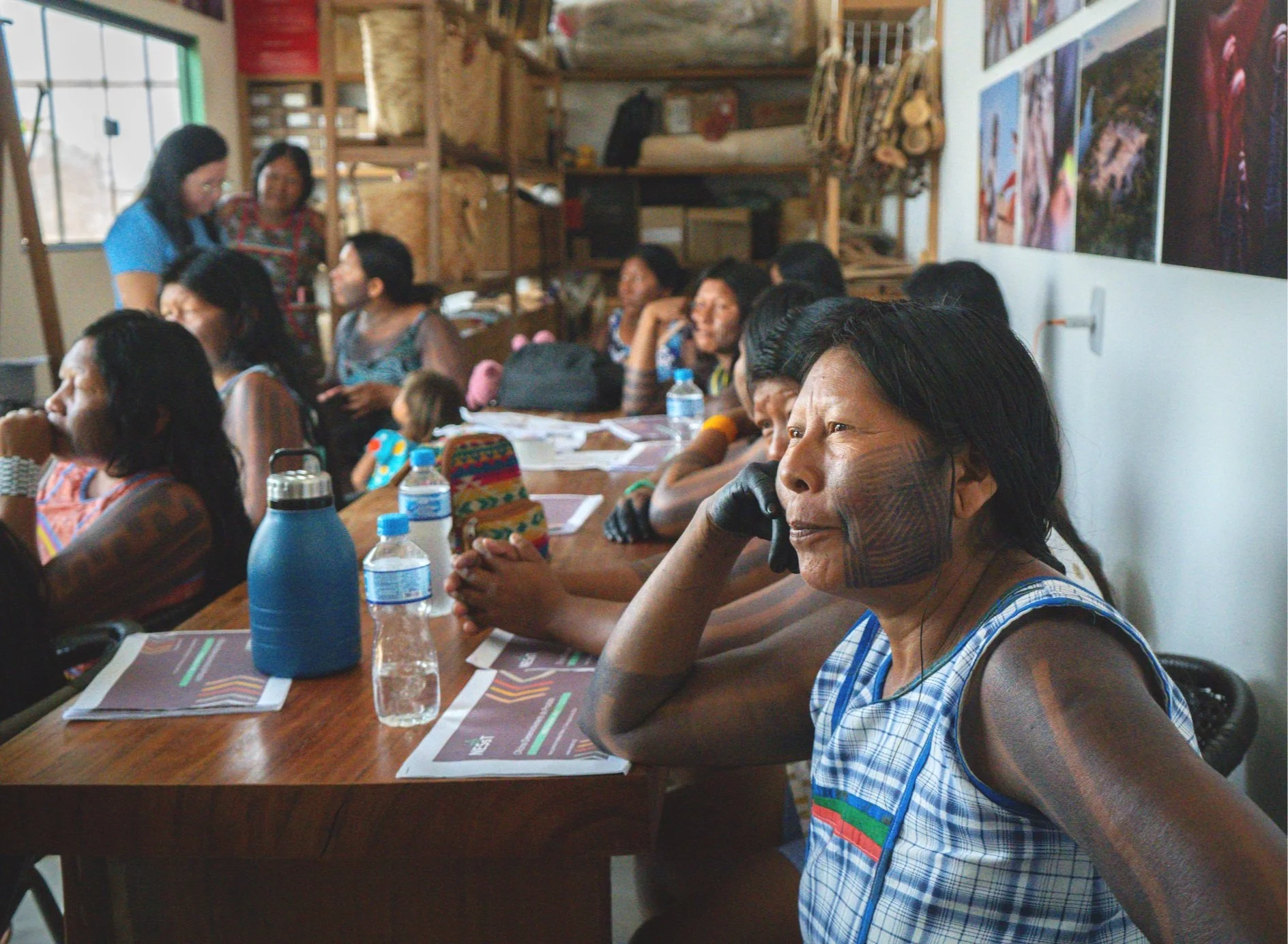Our work on the ground in Brazil’s Amazon region has consistently shown that increasing women's participation is critical for the socio-bioeconomy to become a robust and sustainable national development strategy.
Gender inequality is a widespread issue in most societies around the world, and Amazonian communities are no exception. In the region’s socio-bioeconomy enterprises, women are often limited to secondary roles while men are more likely to hold key leadership and public-facing positions. Men also tend to dominate business and financial decisions (Mello & Schmink, 2017), reinforcing the lack of visibility and recognition for women’s work.
This pattern not only reflects long-standing inequalities but also prevents the sector from reaching its full potential for growth.
Evidence consistently shows that women are essential to the success of socio-bioeconomy enterprises in the Amazon. Since 2015, NESsT has supported socio-bioeconomy enterprises in the region, where women play vital roles throughout the entire value chain, from crop cultivation to commercialization, while also supporting the broader social and economic resilience of their communities.
Their expertise spans crop diversification, medicinal plant management, and food production, all of which are essential for the sustainable use of natural resources. Ignoring their contribution risks losing this valuable knowledge on the use of raw materials and environmental stewardship (Mello & Schmink, 2016).
Photos (left to right): Coopaflora, ATAIC, and ASSOAB © Bruno Kelly
Additionally, women are often responsible for managing twice the workload, as they balance agricultural work with domestic and caregiving responsibilities. According to the "Other Forms of Work" survey from the Continuous National Household Sample Survey (PNAD), in 2022, women in Brazil dedicate an average of 21.3 hours per week to domestic chores and caregiving, while men spend only 11.7 hours—a 73.5% difference.
In the northern region, where the Brazilian Amazon is located, this difference is even more pronounced, reaching 91%.
In addition to being overburdened and under-recognized, women are frequently excluded from decision-making processes, which is shown to have negative impacts on business performance. Similarly to gender studies on the topic, NESsT’s gender-lens work in the Amazon, supporting more than 60 enterprises, indicates that all-male leadership groups often lack the diversity of perspective needed to drive innovation and sustainable development.
When women are involved in forest governance, outcomes tend to improve, including stronger forest regeneration and a more equitable sharing of resources. Their knowledge of local biodiversity and sustainable practices is essential to both environmental protection and the long-term viability of agroforestry systems (Conexus, 2024).
"Resources are still insufficient and poorly distributed. Many funders prioritize large projects and neglect small businesses that have great potential for local impact."
Keivan Hamoud of women-led enterprise ASSOAB
In socio-bioeconomy businesses, women struggle not only with a lack of recognition but also face significant structural obstacles, such as restricted access to financing. As Keivan Hamoud, from NESsT Amazonia enterprise, Associação dos Agropecuários de Beruri (ASSOAB), shares, “resources are still insufficient and poorly distributed. Many funders prioritize large projects and neglect small businesses that have great potential for local impact."
She adds, “rigid financing criteria often prevents high-impact, community-based businesses in the Amazon from accessing the support they need.” This barrier to access undermines the financial autonomy of women entrepreneurs and limits opportunities for business growth.
Photo: Workshops for women at ABEX
Reliance on external funding is another major challenge. As Ngrenhrarati Xikrin, from the Associação Bebô Xirin do Bacajá (ABEX), observes, “local businesses need to be structured for autonomy, and all support from partners and funders should work toward that goal, so they don’t fall into the same patterns of dependence seen in many grassroots organizations." This underscores the importance of credit and investment mechanisms tailored to the specific needs of socio-biodiversity businesses in the Amazon.
““Local businesses need to be structured for autonomy, and all support from partners and funders should work toward that goal, so they don’t fall into the same patterns of dependence seen in many grassroots organizations.”
Given this context, socio-bioeconomy enterprises must recognize and strengthen women’s leadership. In its acceleration and investment work in Brazil, NESsT has focused on supporting enterprises to both formalize and fairly compensate women’s participation in the sector.
As Cairo Bastos, NESsT Amazonia Program Lead points out, “from an economic standpoint, including women in the workforce is key to scaling up the production and commercialization of forest products. Their involvement is also critical to preventing top-down models driven solely by male perspectives, helping to foster more democratic and sustainable governance.”
He further notes that “supporting women in the Amazon’s socio-bioeconomy through training, leadership opportunities, and income generation promotes gender equality, strengthens environmental conservation, and advances sustainable development in the region.”
““We support enterprises to strengthen women’s role in the Amazon socio-bioeconomy by offering opportunities for training, leadership, and income generation. We’ve seen firsthand how this promotes gender equality, boosts environmental conservation, and enhances the sustainable development of the region.” ”
Recognizing women’s contributions also brings broader social benefits, including improved food security, better access to financial resources, and a reduction in structural inequalities. Companies and public policies that actively support women’s participation play a vital role in creating a more inclusive and resilient future for the Amazon—ensuring that the benefits of the socio-bioeconomy are more fairly shared.
Investing in training and market access for women entrepreneurs paves the way for strengthening local production chains and increasing the competitiveness of Amazonian products.
Photo: NESsT portfolio enterprise, ATAIC
Such inclusion ensures that traditional knowledge and local innovations are both valued and actively integrated into the market, fostering a more diverse and sustainable socio-bioeconomy.
Achieving this requires practical steps: creating more accessible financing options, expanding technical training, and ensuring women have a seat at the table in decision-making spaces.
How can the advancement of women’s roles contribute to strengthening the socio-bioeconomy in the Amazon, and, in turn, how can a thriving socio-bioeconomy reinforce women’s empowerment? Our diverse portfolio of socio-bioeconomy enterprises in Brazil offers us real-life examples of this dynamic in action:
Women in leadership roles in sustainable cooperatives and businesses drive production and increase the socio-economic impact of communities while strengthening biodiversity value chains.
Women are central to preserving and passing on knowledge about the sustainable use of biodiversity in their communities, particularly in agroforestry and responsible extractivism.
Women entrepreneurs often reinvest in their families’ education and health, contributing to the social and economic stability of their communities, while fostering sustainable livelihood opportunities.
Increasing women’s participation in decision-making conversations leads to a more diverse range of products and the creation of new sustainable goods that can be sold in both national and international markets.
Targeted empowerment programs support women to access investment opportunities and obtain certifications, allowing their products to reach higher-value markets.
Cover photo: ASSOAB © Bruno Kelly
You can access NESsT’s study and in-depth recommendations below in English, Portuguese, and Spanish:
This blog is part of a series exploring the insights, key themes, and approaches that drive NESsT’s publication ‘Unlocking the Potential of the Global Financing Ecosystem to Invest in a Sustainable Bioeconomy in the Amazon from the Perspective of Local Communities’. Informed by Amazonian voices and conversations with the global financing community, the report identifies nine recommendations across two key areas for impact-focused public and private investors to improve the targeting, efficacy, and efficiency of their funding to the Amazon bioeconomy. Through this ten-part series, we aim to bring these opportunities into broader conversations and diverse discussion spaces, amplifying the reach of Amazonian communities and their voices, experiences, and solutions.












